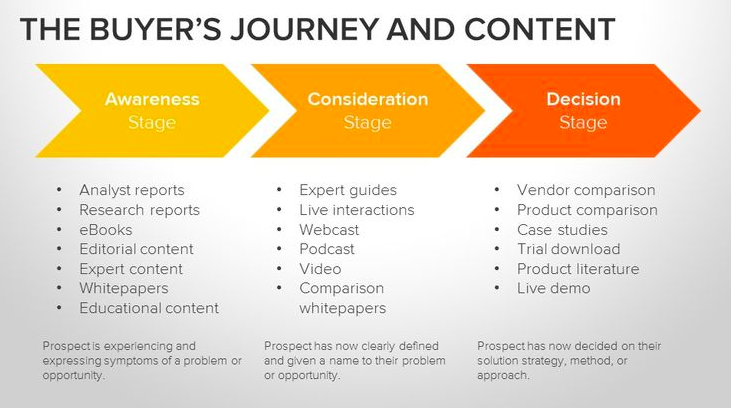As an individual contributor, you were probably allergic to process. You knew what you were doing and didn’t need all the checks and balances.
But as a sales manager, your success is now tied to others. You need to make sure your sales team is doing the right things at the right time — and process is now your best friend.
Think about it. We’re no longer living in the ‘80s, when employees aspired to have long term employment at companies. The average tenure of a seller, especially a technology seller, is around 2 years.
With a 9 month ramp up to quota and 1 month ramp down, that means you’ve got 4 good quarters to get out of them. Time is against you.
Also, chances are that your sales organization doesn’t have a playbook on how to take a sales qualified lead and convert that to a win in the most expedited fashion. Sure, your organization knows how to sell, but optimizing each opportunity to close is a different story.
In this 5-part blog series, we’re going to explore how to manage against a process to optimize each opportunity to close, while keeping your reps happy.
Tip 1: Manage against what really matters.
Let’s look at this well thought out sales process for a complex selling environment.

You have multiple stages, and for each stage there are key things that should be completed to reduce risk.
It would be amazing if you could actually manage against this. You’d get uniformity of deal risk and a highly scalable system.
But managing against this can also be a sure-fire way to demoralize your sales team. No seller wants to be this organized with every single deal, nor dehumanize their customer interactions to simple checkboxes on a clipboard.
The solution? Go back to the fundamentals of selling. None of the activities on this screen matter! What matters are things like:
- Have we accelerated the prospect’s awareness of the problem and solution?
- Have we fulfilled their needs as they go through the buyer’s journey?
- Have we either identified or created urgency to accelerate them going through the buyers journey?
Focus on milestones – not tasks and checklist boxes.
We’re taking a page out of Marketing’s playbook here. Marketers have been talking about buyer’s journeys for a very long time. Marketing automation tools like Hubspot have done a good job spreading the word around aligning campaigns and content to stages/phases of the buyer’s journey.

Marketing has to get this buyer needs to content matrix right because the content has to stand on its own. There is no one there to explain or convince the buyer. The content has to provide value on it’s own and move the buyer to the next step.
Imagine having sales bring just 10% of that approach to their interactions. We’d have to see meaningful improvements around sellers and buyers being on the same page. I certainly think it’s time for sales to make the pivot and start managing the deals based on where the potential buyer is at.
Most hiring managers don’t hire sales reps based on their impeccable project management skills. Frankly, if they did, we would have a real shortage of qualified candidates. What they do hire for is leadership skills, strategic thinking, perseverance, persuasion skills and their ability to ask for the business. So, with that in mind, let’s not manage the Reps against a checklist.
Remember: the only thing that matters is what the prospect does.
We’re going to share with you the Buyer’s Decision Process template we use internally to manage against milestones. Each milestone provides evidence that the reps have done their part to facilitate the buyer’s journey.

Here’s an example of what this shift looks like in action.
Rather than asking the seller if they’ve qualified the deal, ask “Has the prospect shared their pain point, by when do they want to fix that pain and can they see themselves paying to fix the pain?”
Now the conversation with your sales rep is no longer about you trying to micromanage their sales process. It’s about where they think the customer is at in the buyer journey.